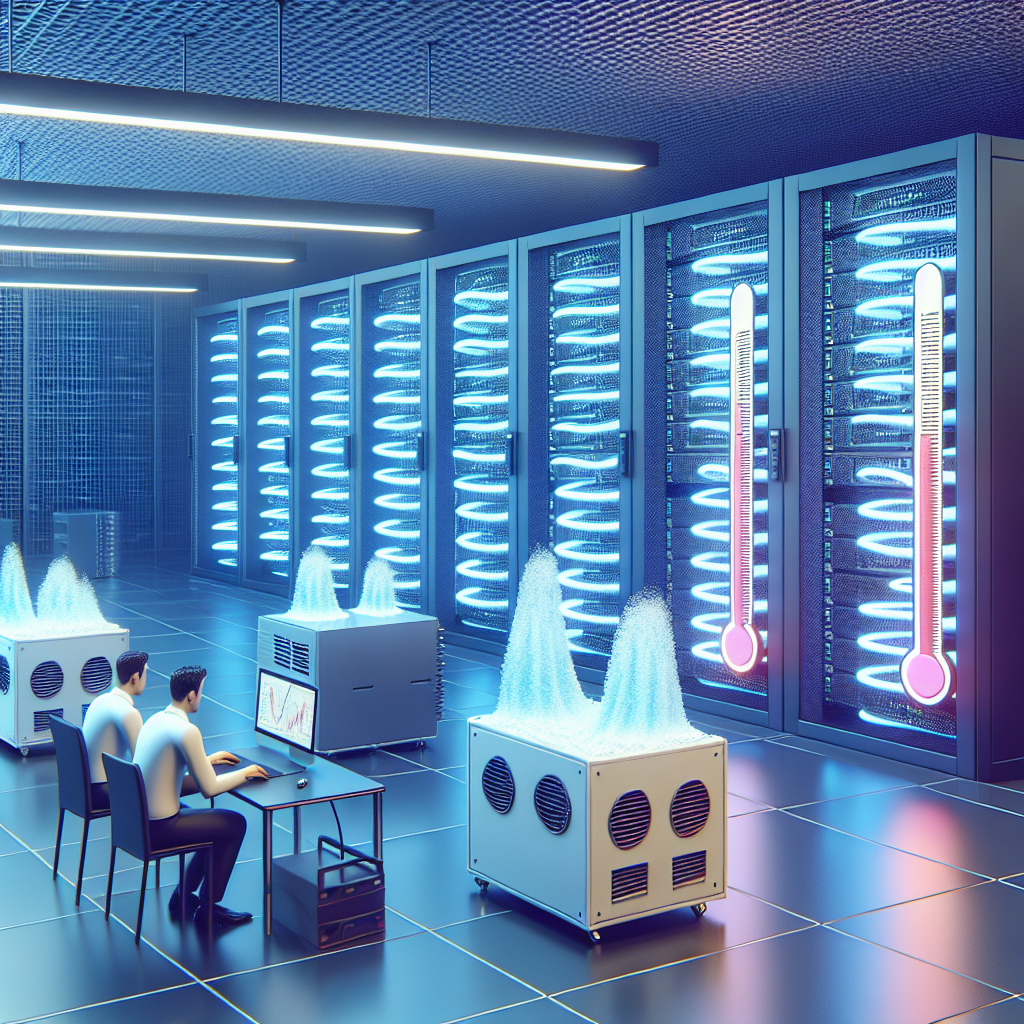Your cart is currently empty!
Challenges and Solutions for Managing Data Center Temperature Control

Data centers are the backbone of the digital world, housing servers, networking equipment, and storage devices that are essential for businesses to operate efficiently. However, one of the biggest challenges faced by data center managers is maintaining the appropriate temperature to ensure the equipment runs smoothly and efficiently. In this article, we will discuss the challenges and solutions for managing data center temperature control.
Challenges:
1. Hot spots: One of the most common challenges in data centers is the formation of hot spots, where certain areas of the data center become significantly warmer than others. This can lead to equipment overheating and ultimately, downtime.
2. Inefficient cooling systems: Many data centers use traditional cooling systems such as air conditioning units, which can be inefficient and costly to operate. These systems may struggle to maintain the optimal temperature, especially as the data center grows in size.
3. Changing environmental conditions: Data centers are sensitive to changes in environmental conditions such as outside temperature and humidity levels. These fluctuations can impact the effectiveness of cooling systems and make it challenging to maintain a consistent temperature.
Solutions:
1. Implementing a hot aisle/cold aisle layout: One effective solution for managing data center temperature control is to implement a hot aisle/cold aisle layout. This design separates the cold air intake from the hot air exhaust, helping to prevent hot spots and improve airflow efficiency.
2. Using containment systems: Containment systems such as hot aisle containment and cold aisle containment can help to isolate hot and cold air streams, improving cooling efficiency and reducing the risk of hot spots.
3. Upgrading to energy-efficient cooling systems: Upgrading to energy-efficient cooling systems such as liquid cooling or free cooling can help data centers to reduce energy consumption and lower operating costs. These systems can also provide more precise temperature control, ensuring that equipment remains within optimal operating conditions.
4. Monitoring and automation: Implementing temperature monitoring and automation systems can help data center managers to proactively identify and address temperature fluctuations. These systems can automatically adjust cooling settings based on real-time data, ensuring that equipment remains within safe operating temperatures.
In conclusion, managing data center temperature control presents a unique set of challenges, but with the right solutions in place, data center managers can ensure that their equipment operates efficiently and reliably. By implementing best practices such as hot aisle/cold aisle layouts, containment systems, energy-efficient cooling systems, and monitoring and automation, data center managers can effectively manage temperature control and minimize the risk of equipment failures.

Leave a Reply